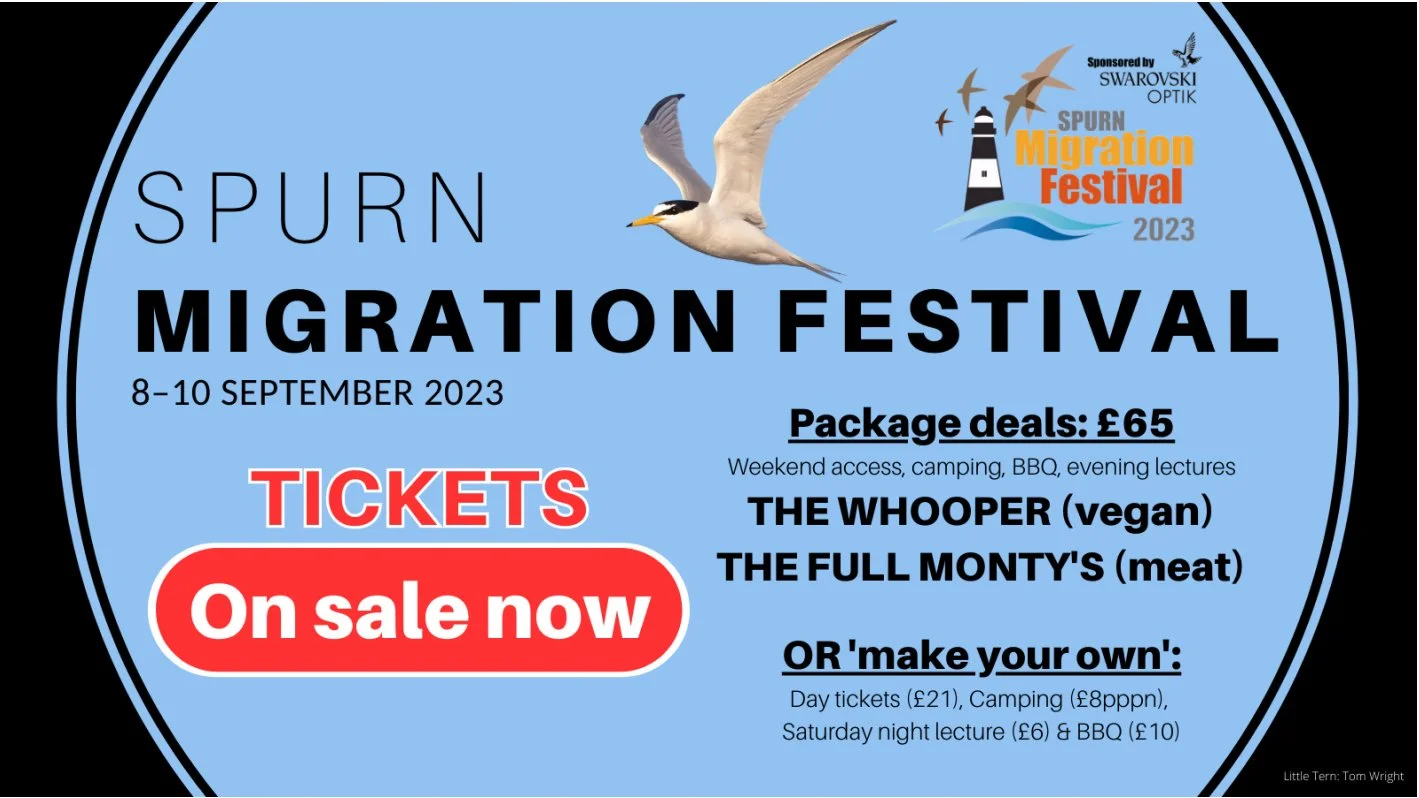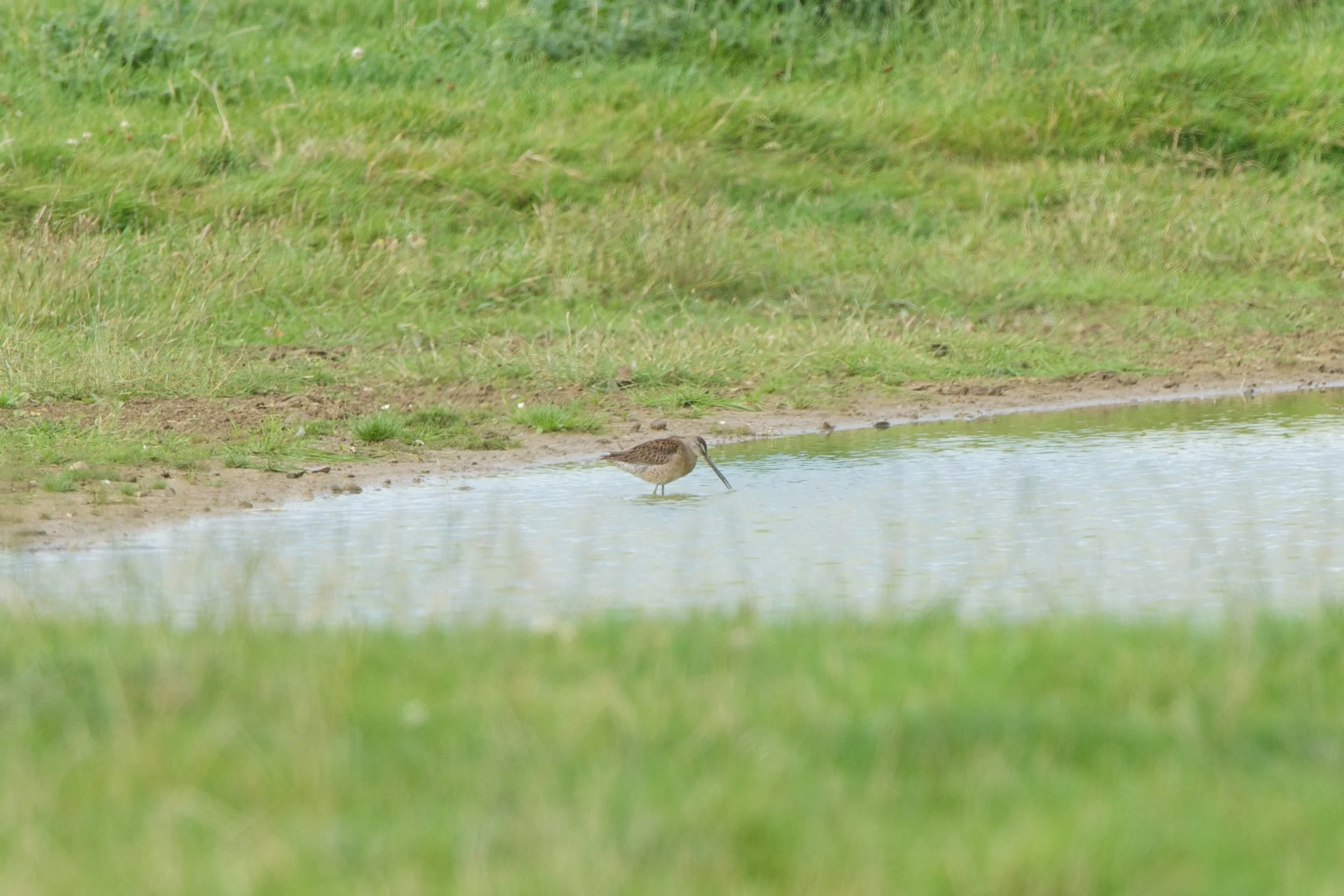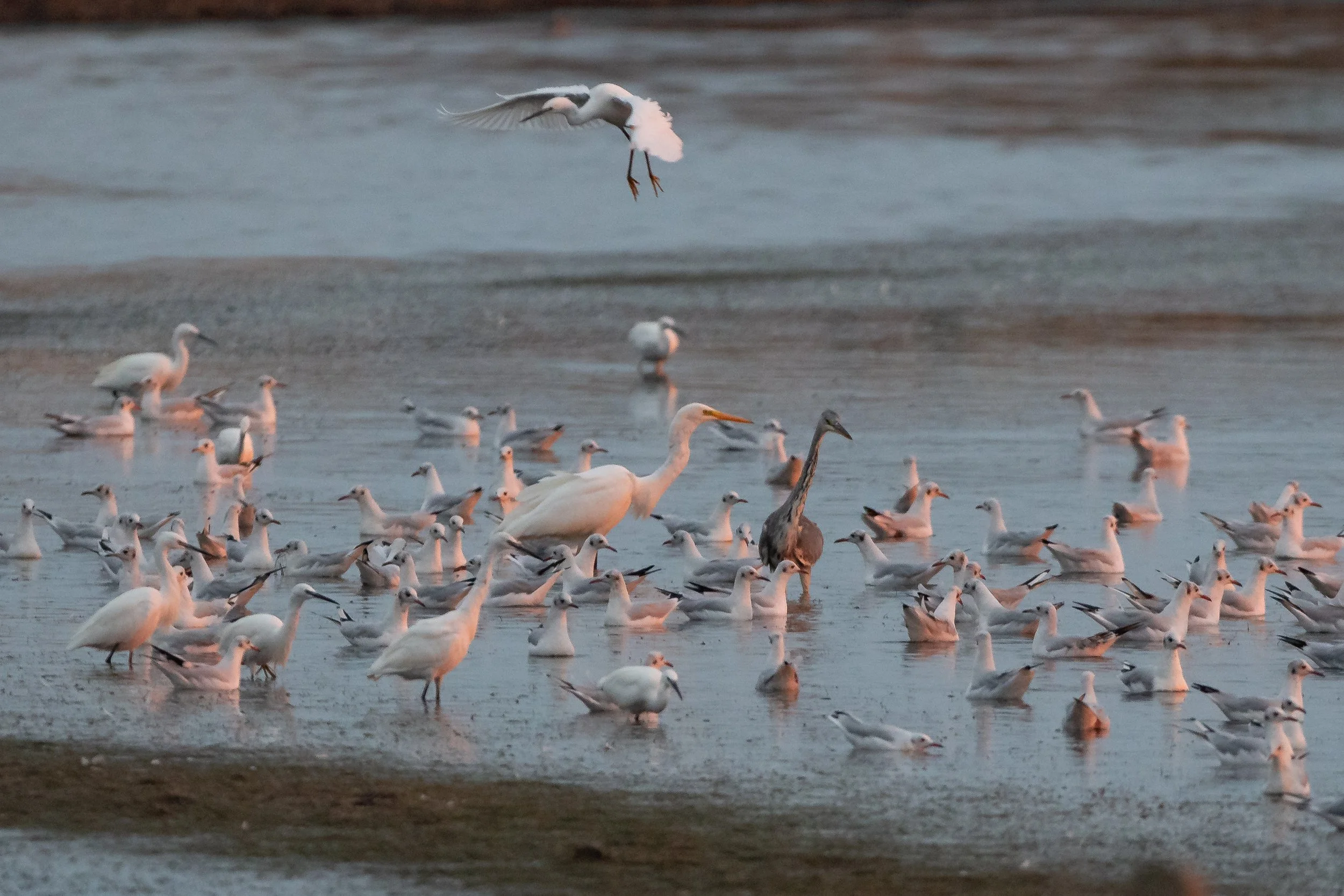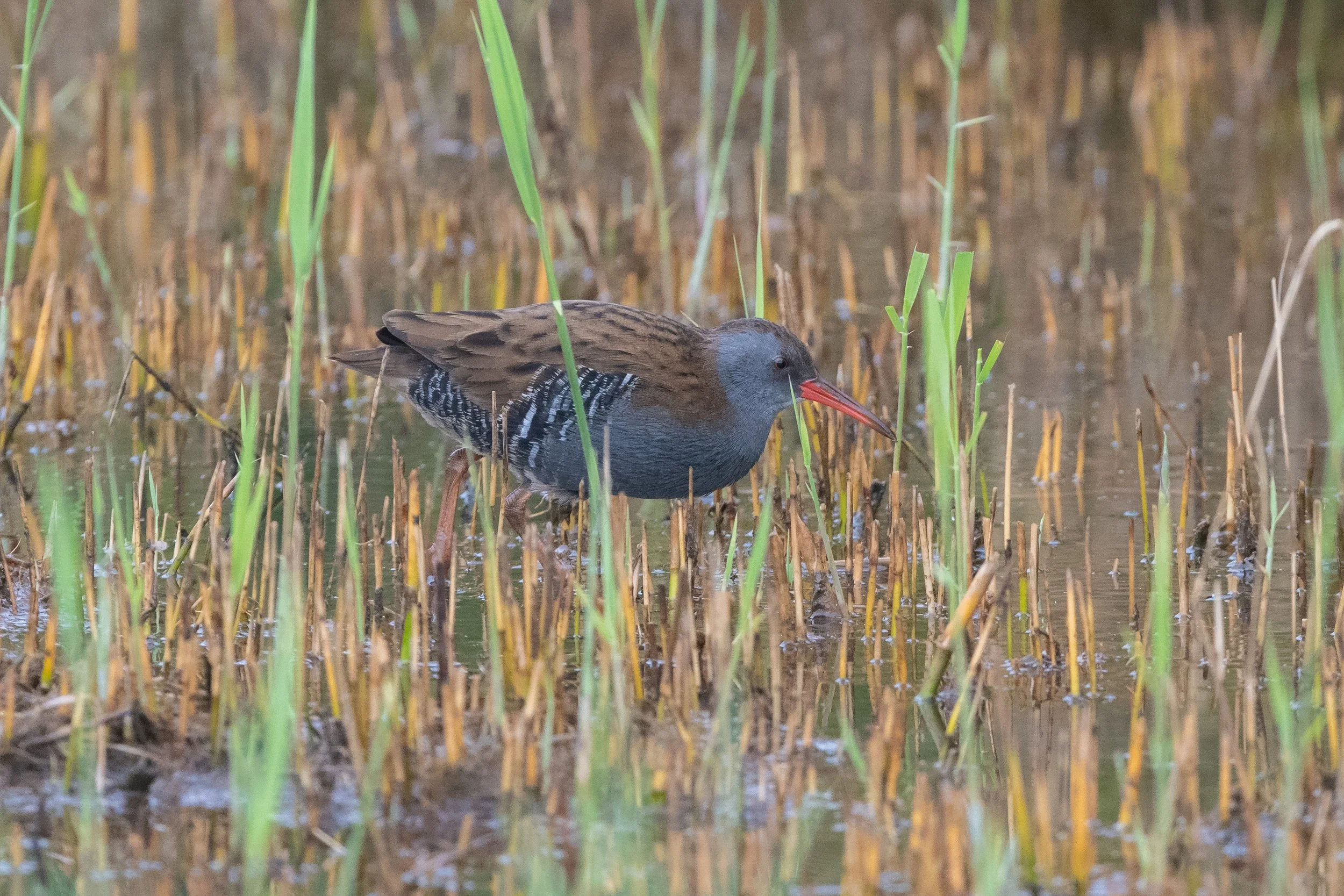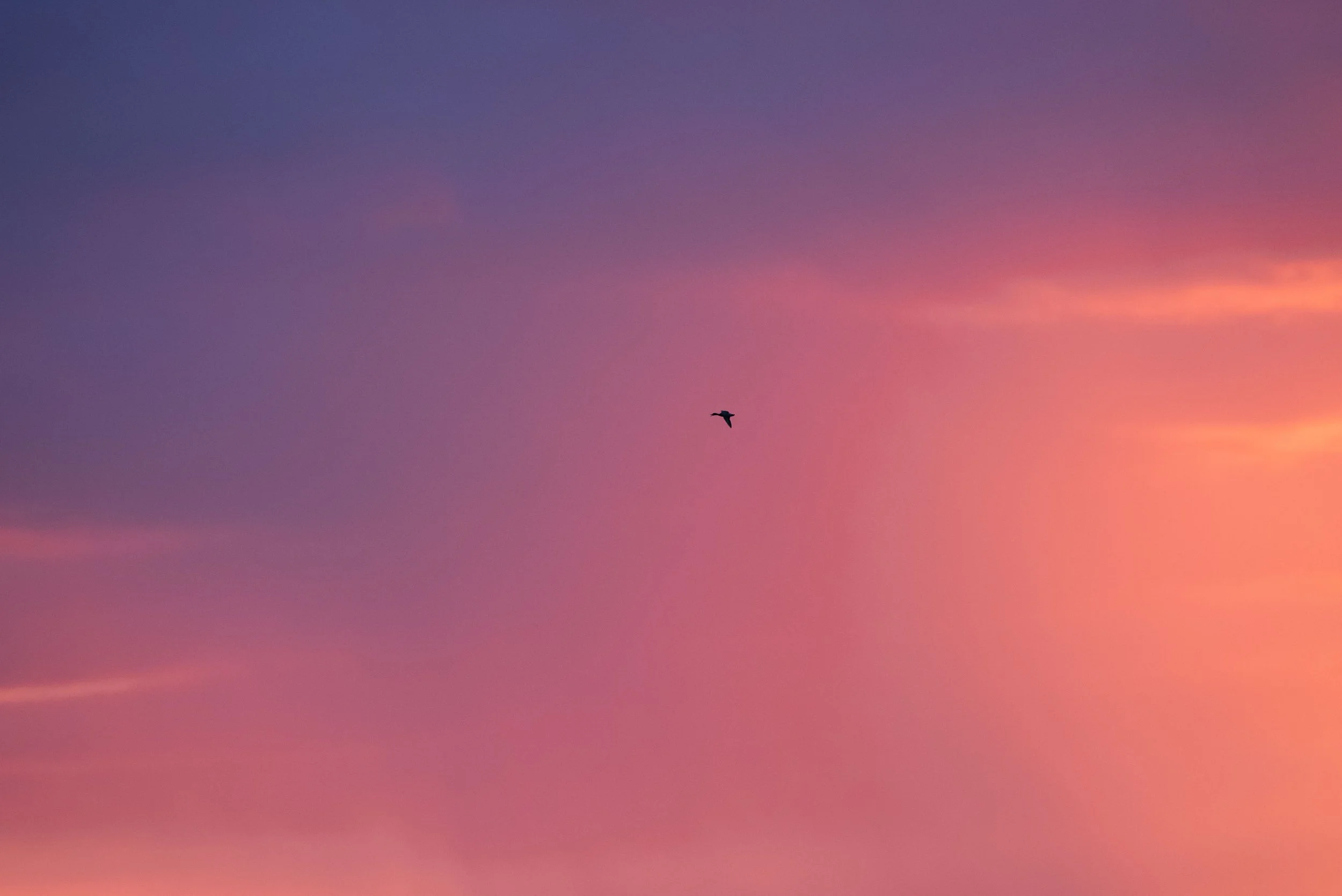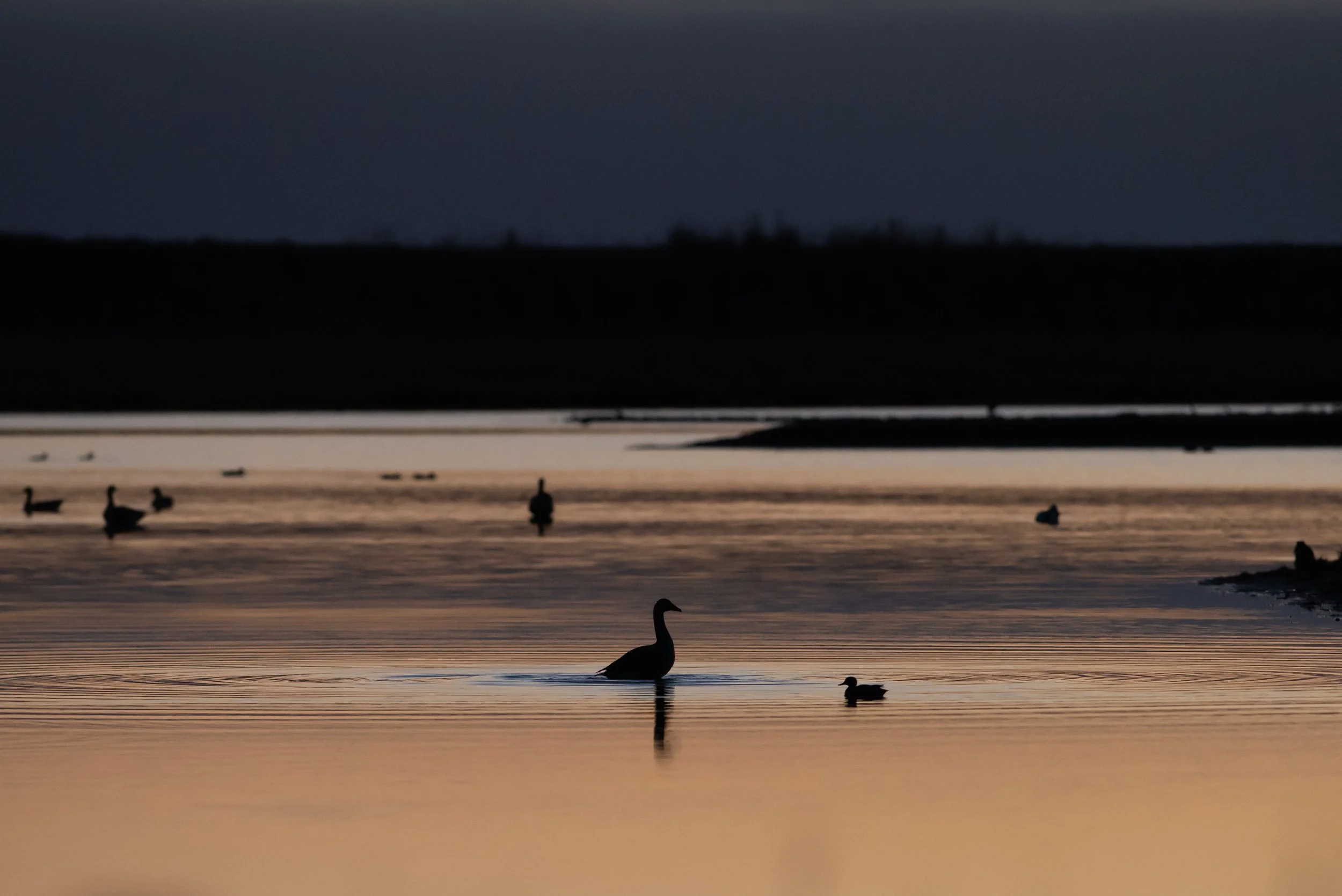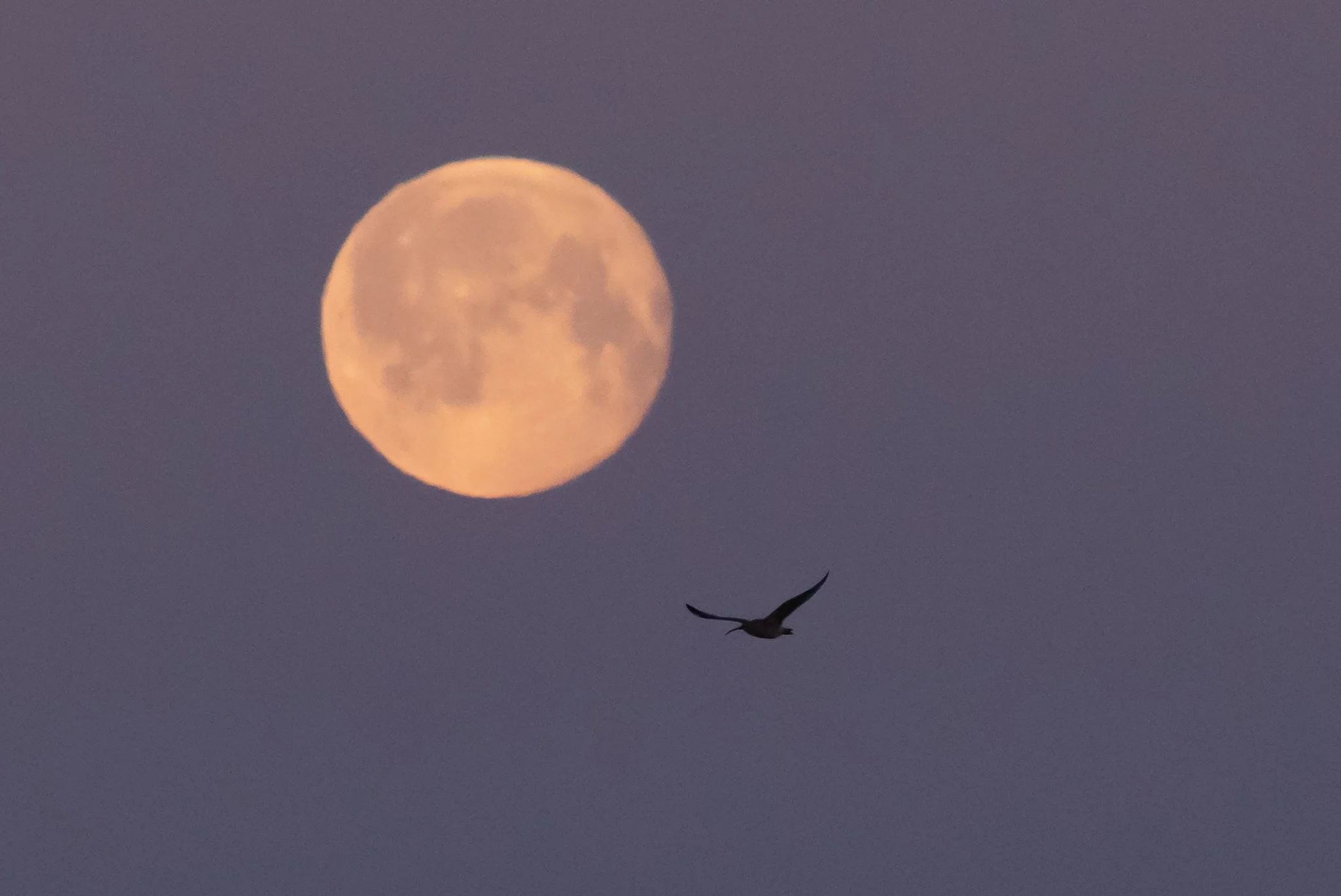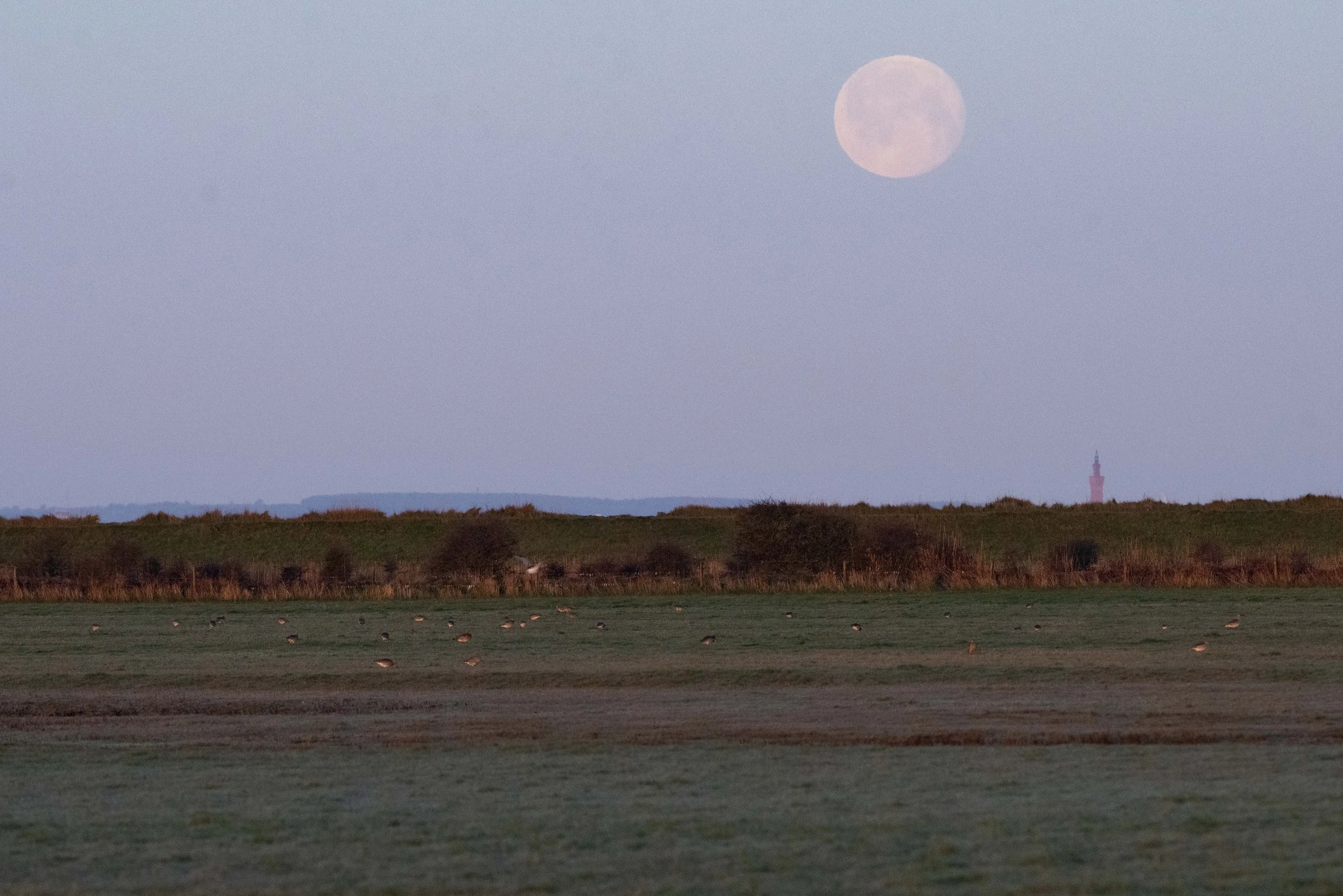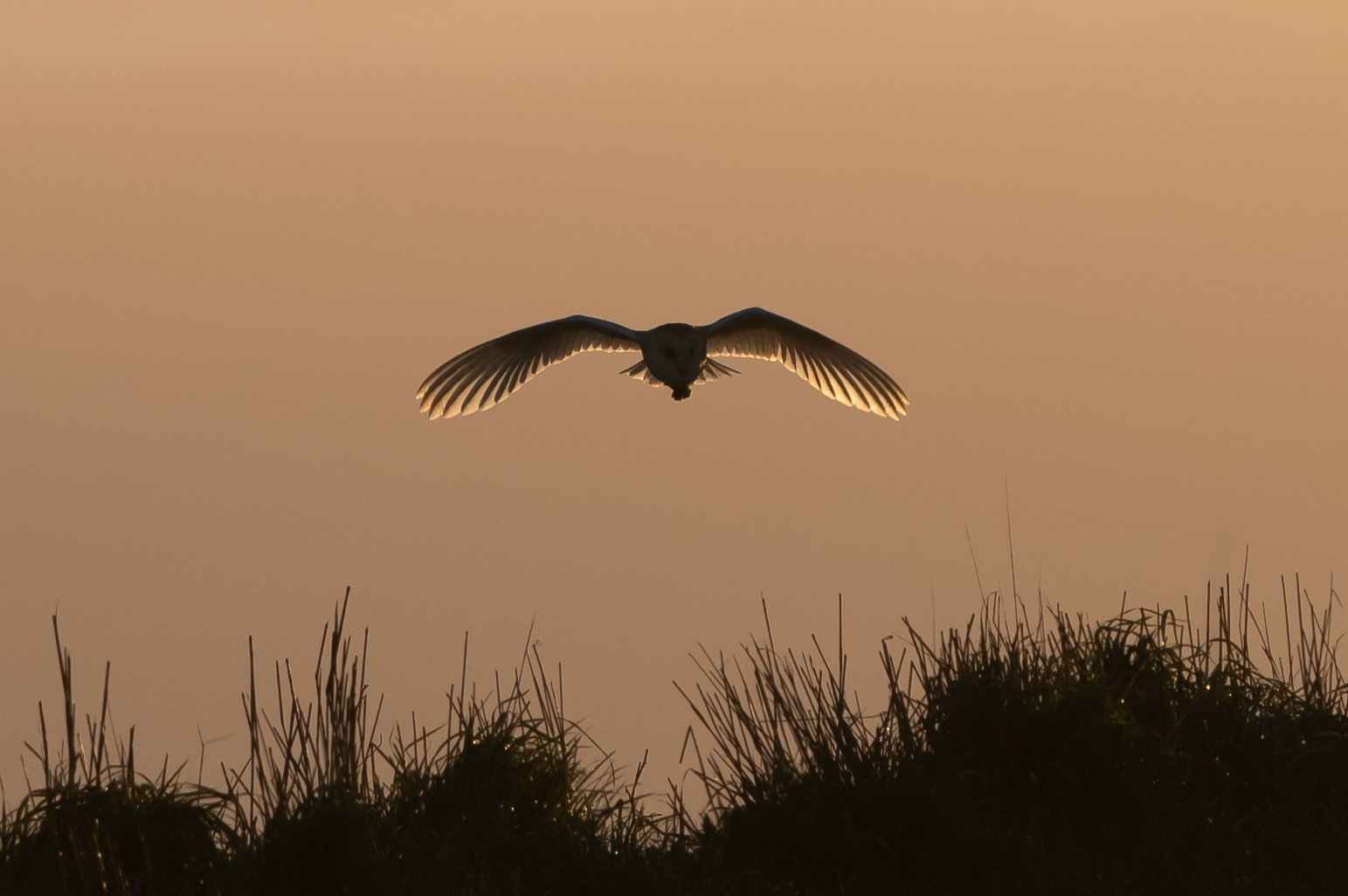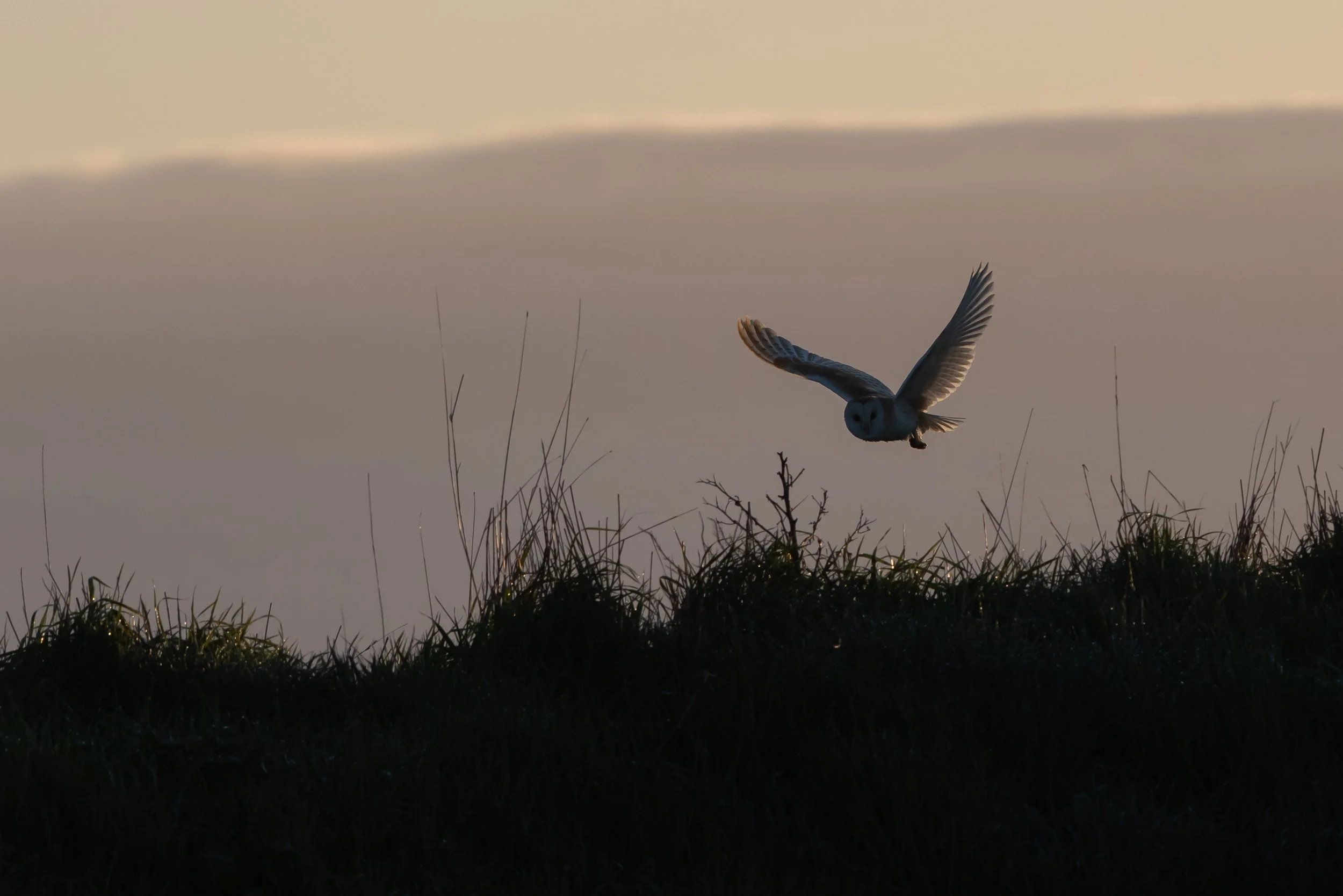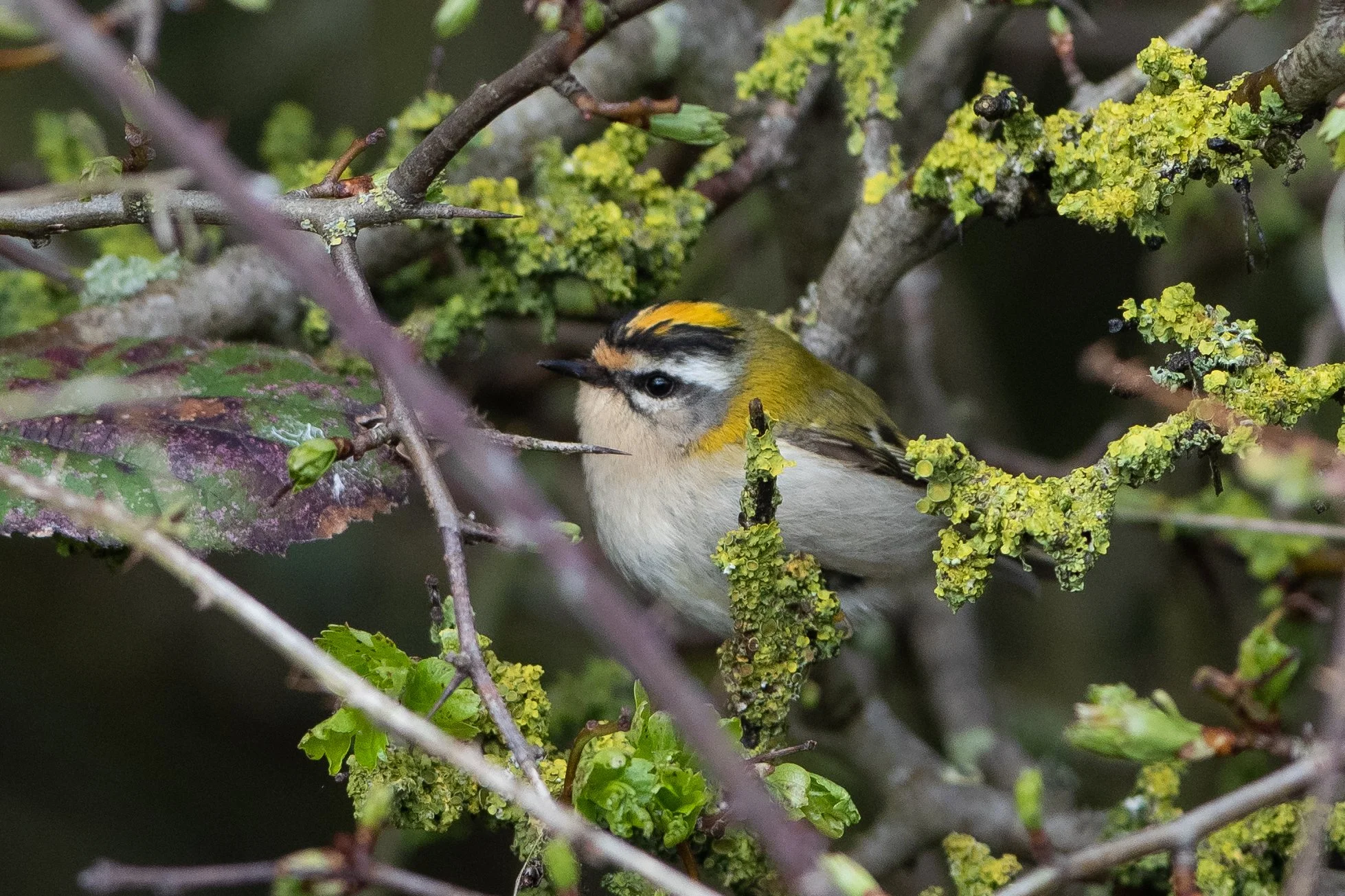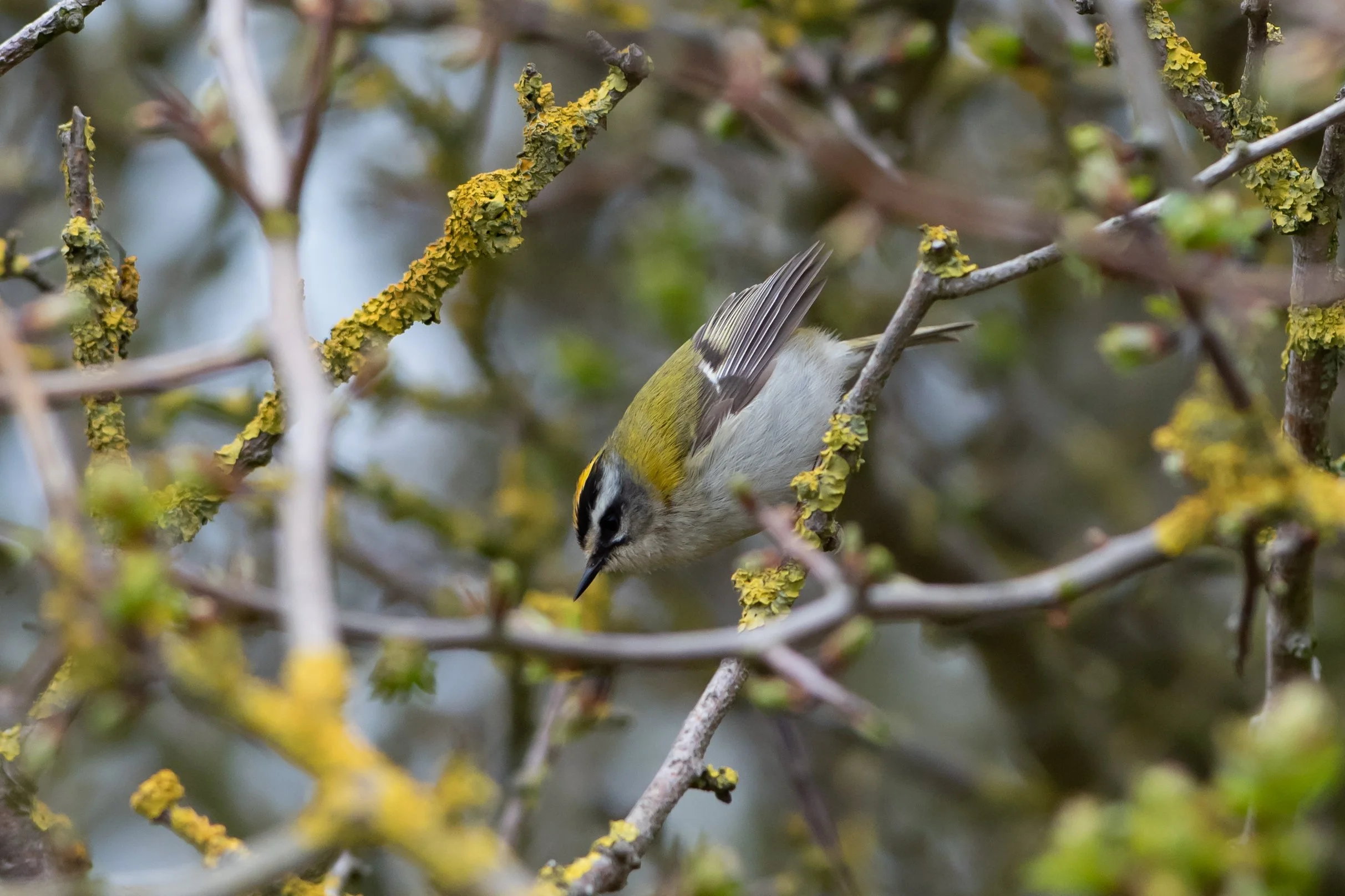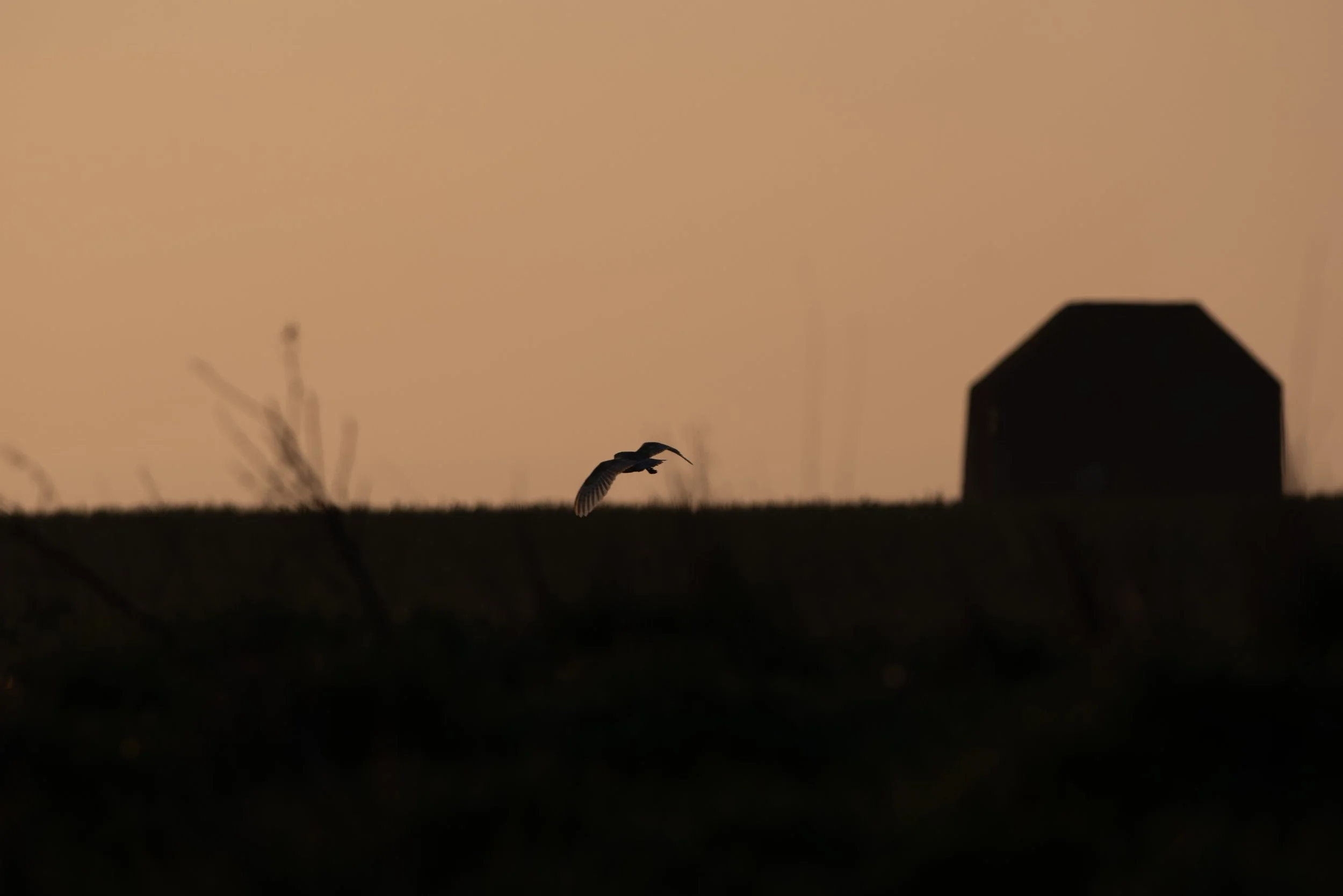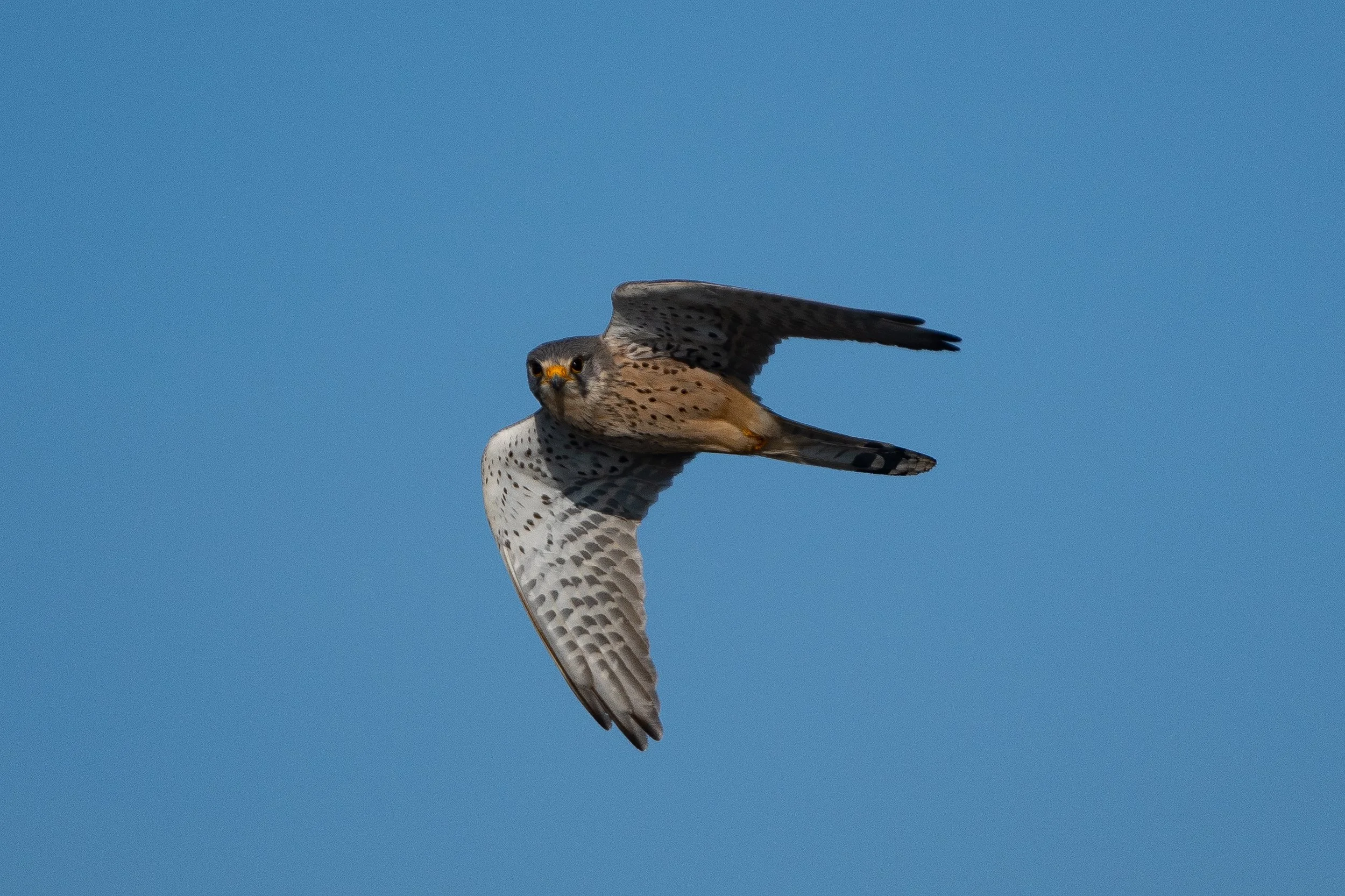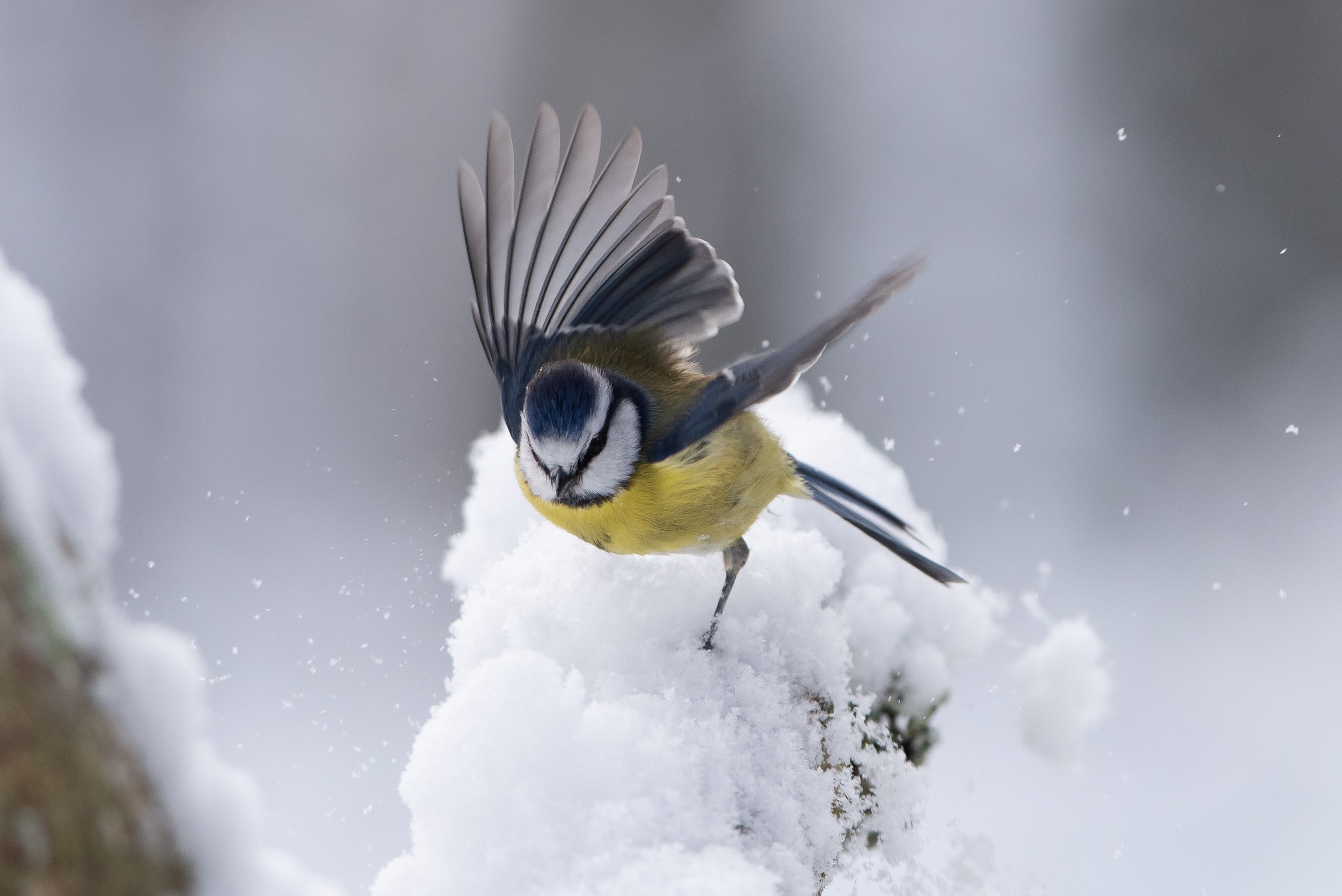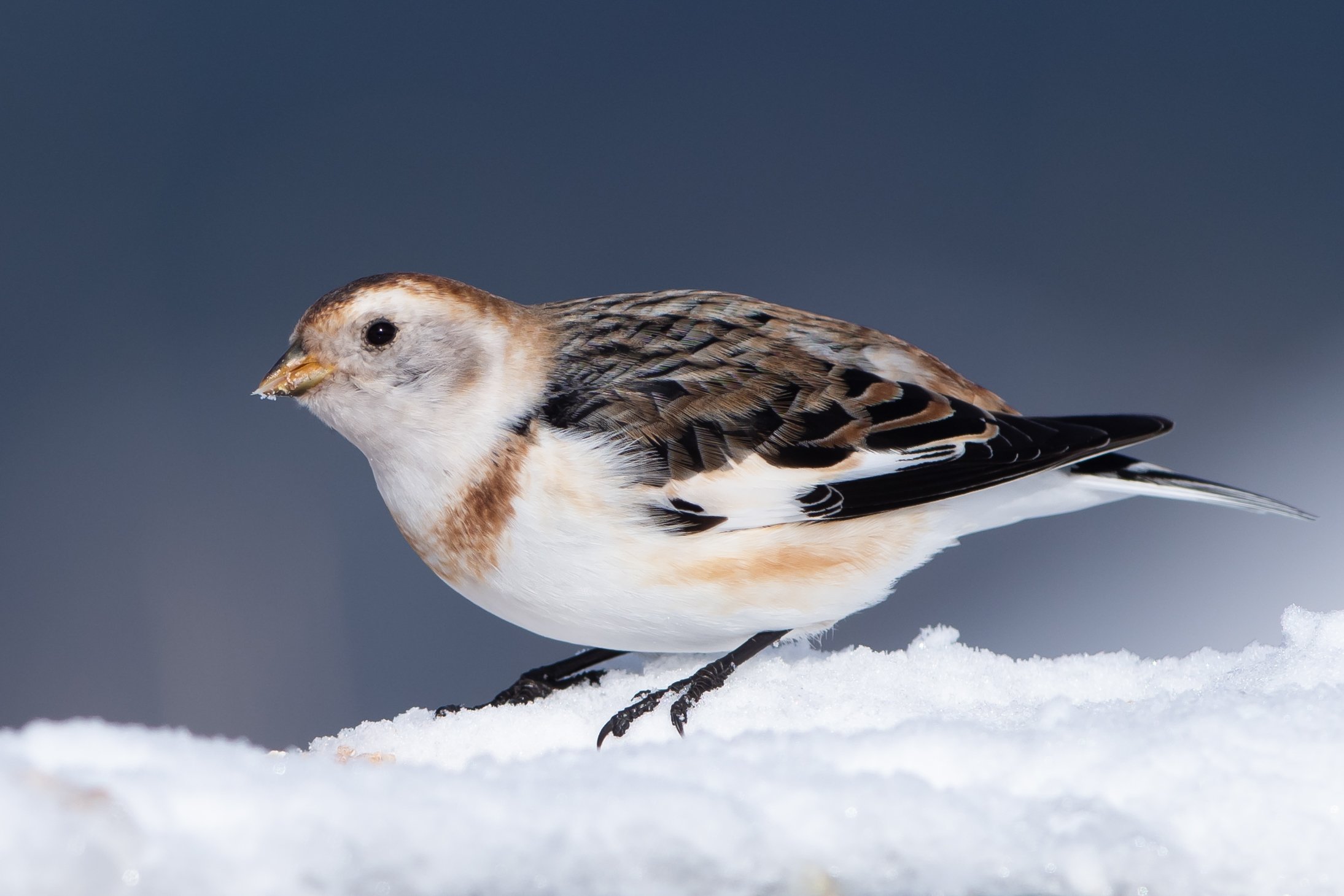Tickets for Migfest 2023 are on sale now and as most years, they will be selling fast. If anyone has any great desires to attend the UK’s premier festival of wildlife migration, the best advice I can give is- don’t leave it too late.
Migfest is designed to coincide with the peak time for southerly migration, focussing on but not limited to the spectacle of meadow pipits flowing south . A true natural marvel and in good conditions numbers of birds travelling south can be counted in their thousands. In fact a quick glance at Andy Roadhouse’s iconic book The Birds of Spurn will tell you that the record count was 20,200-only a couple of days away from the dates for this years festival.
Migfest for me starts a few weeks before. What might turn up over the weekend ? What might be the bird of the day on each day? What will be the bird of the weekend? I’m always checking historic records to see what might turn up.
One thing is for sure, the birds never fail to impress. There is so much diversity at Spurn, a brilliant weekend can always be guaranteed.
Easterly winds (those most favourable for a “fall”) could bring common migrants such as redstarts, pied flycatcher, whinchat and wood warbler, with the possibility of something more unusual such as red-backed shrike, barred warbler or common rosefinch.
South westerlies are best for ‘visible migration’ winds push birds out to the coast then they re-orientate themselves and then head south. Any watch point around the Spurn area with an unobstructed view looking north will do. Often there are not only big numbers of birds but also a diversity of species. Any winds coming from a northerly direction means one thing-sea watching. Early September can be great with skuas, shearwaters, terns, wildfowl and waders all moving off shore sometimes in quite spectacular numbers.
Westerlies aren’t always the best for migration but Spurn can still rely on the waders on the Humber-September is one of the busiest times with flocks of knot, dunlin and grey plovers sprinkled with more unusual species such as curlew sandpiper, little stint and spotted redshank.
Some migfests have been blessed with a mixture of conditions where conditions combine over the weekend to maximise the potential for a big list.
Then there’s the true rarity.“ Birds of the Weekend “ on previous Migfests include long-billed dowitcher, Kentish plover and last year a pallid harrier first picked up over Easington cruised right over Migfest HQ giving prolonged views as it eventually doubled back and headed north-west up the Humber.
The good thing about Migfest is the army of volunteers mustered up by Spurn Bird Observatory, The British Trust for Ornithology Swarovski Optik, Yorkshire Coast Nature and a host of stallholders. Their number one aim is to ensure that everyone attending has a truly memorable time. Whether it be organised walks, findings put out over the radio network, talks, seminars and as ever the excellent catering from the ‘Spurn Ladies’.
The biggest thing that has struck me over the years is the sense of camaraderie amongst everyone there, it’s all about enjoying nature, seeing what Spurn has to offer, and marvelling at the truly spectacular natural phenomenon of migration.
Spurn is also unique on the east coast for sunrise and sunset-you see great examples of both. The sun rises in the east over the north sea and then sets in the west over the Humber. Its great to sit outside the Crown and Anchor after a great days birding watching the sun go down.
For me every Migfest has its own special memories, some of which are captured in the photos below.
The well used phrase ‘what’s not to like’ epitomises Migfest. There is literally something for everyone.
All photos taken below were during or around the Migfest weekend.
Kentish Plover
Long-billed Dowitcher
Icterine Warbler
Great Snipe
Red-backed Shrike
Barred Warbler
Whinchats
Pied Flycatcher
Redstart
Wryneck
Spoonbills at sunset (taken at Migfest 2022)
Little egrets at sunset (taken at Migfest 2022)
Wood sandpiper (taken at Migfest 2022)
Red-necked Phalarope (taken at Migfest 2022)
Feeding frenzy (taken at Migfest 2022)
Citrine wagtail (taken at Migfest 2022)
Water Rail
Terns flying north at sunrise
Terns flying north at sunrise
